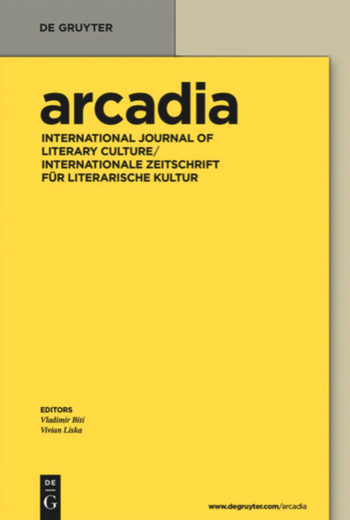'Las ninfas de los ríos': Echo(s) zwischen Miguel de Cervantes, Paul Valéry und Jorge Luis Borges als Grundlegung einer Theorie literarischer Resonanz
Anita Traninger – 2021
The article takes as its starting point a reading of Jorge Luis Borges' short story Pierre Menard, autor del Quijote, focusing on the first passage from Cervantes' Quijote that is quoted verbatim in the text. An invocation of the river nymphs and the nymph Echo („las ninfas de los ríos, la húmida y dolorosa Eco"), it is singled out by the narrator as bearing the voice of Pierre Menard despite having never been attempted by him in his project of writing Don Quijote again. I argue that the invocation of Echo does not point to a duplication of the text. Rather, Echo's early modern acceptation, that of a dialogue partner that not only answers, but answers back and says different things with the same words, encapsulates Menard's project as such and, beyond that, a theory of literary resonance. Paul Valery's poems and essays, to which Borges' story variously alludes, underpin this reading of Echo as the patron saint of a theory of resonance that accounts for the necessary openness of literary texts to deviant interpretations, in particular those that could not have been foreseen or desired by their authors.
How to cite:
Anita Traninger. "Las ninfas de los ríos: Echo(s) zwischen Miguel de Cervantes, Paul Valéry und Jorge Luis Borges als Grundlegung einer Theorie literarischer Resonanz." Arcadia 56, no. 1 (2021): 44–64. https://doi.org/10.1515/arcadia-2021-9015.
